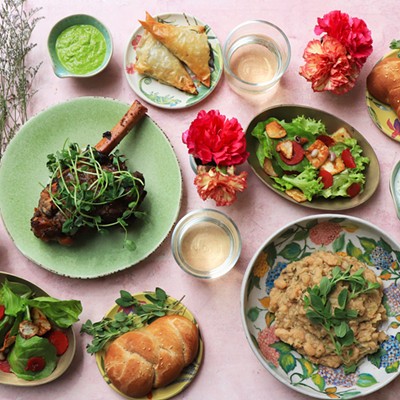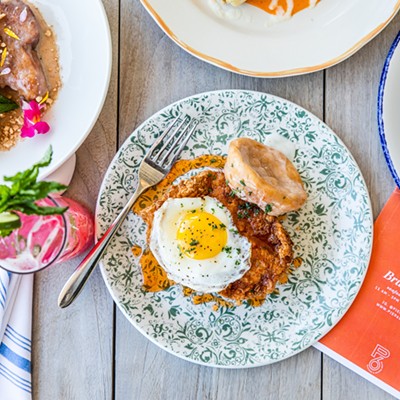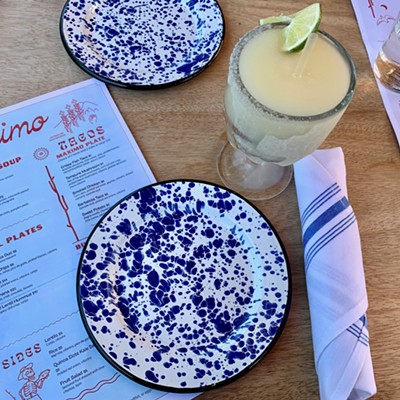So far in our exploration of the five volumes of Modernist Cuisine, we've learned some history and fundamentals of cooking, and we've looked into cooking techniques and equipment, some of it uber-technical. Take a look back at Volume 1 and Volume 2 if you aren't caught up.
Now we are looking at Volume 3: Animals and Plants. The first section looks at how the muscles work, converting them into meat, cooking, salting, drying meat and seafood; it tackles skin and innards, marinating, smoking and, for our science geeks, restructuring. The second section is a little less primal, covering plants as food, sous-viding, pressure cooking, microwaving, frying, preserving and, of course, modifying textures.
Ryan says, "Before it's meat, it is muscle." Cooks who understand the fundamental nature of muscle, how it is transformed into meat and what happens as the temperature increases will be able to select the best strategies for preparing meat and to avoid common mistakes. Their technique will improve, further empowering them to experiment and innovate.Critics of this series have centered on the faddish nature of "molecular gastronomy" and the claim that no one really needs or wants to know what happens to food as it is cooked. They are of the "shut up and eat" mindset. But molecular gastronomy does not mean everything is turned into foam or frozen with liquid nitrogen. That view is as narrow as believing there are only a few basic ways to cook (baking, boiling, broiling) and anything beyond that is "faddish" and not of use.
You can eat meat without understanding muscles. You can even cook it without that understanding. But you will do a better job with some insight into how muscles are built and how they work. Would you cook a skirt steak the same way you cook a filet mignon, or the same way you cook a frog's leg? Of course not, because you have some understanding of muscles, how they work and how they should be cooked to maximize their flavor. Did you know searing does not seal in juices? In fact, it does just the opposite. This knowledge is not faddish -- it is useful and educational.
These books are really for those people who have an innate sense of curiosity and are often heard saying, "I wonder how they do that?" You may have no desire to make a single recipe from these volumes, but you will refer to them when you want to know why certain foods cook the way they do and how you may tweak your own recipes.
Volume 2 also covers plants. They say it was a brave man who first tried an oyster, but who do you suppose tried the first artichoke? Or cyanide-laced cassava root? The very cells of most plants - bolstered by stiff, indigestible fiber or by protective toxins - put up a fight. Fortunately, humans and plants have had a long time to negotiate their relationship. After 10,000 years of domestication, most of the plants we eat today have been modified to grow softer, milder in taste, more colorful, bigger or more amenable in a host of other ways to our notions of pleasure and convenience.
You may have been taught a set of rules that dictate how to prepare certain plants as food. In deed, the laws of nature do set some limitations. But with enough knowledge of the physical and chemical properties of a plant, along with the physical and chemical changes induced by different preparation methods, you can achieve nearly any outcome you like.
Next week is Volume 4: Ingredients and Preparations. This will be ground zero for all you science geek-foodies.
Follow Eating Our Words on Facebook and on Twitter @EatingOurWords





